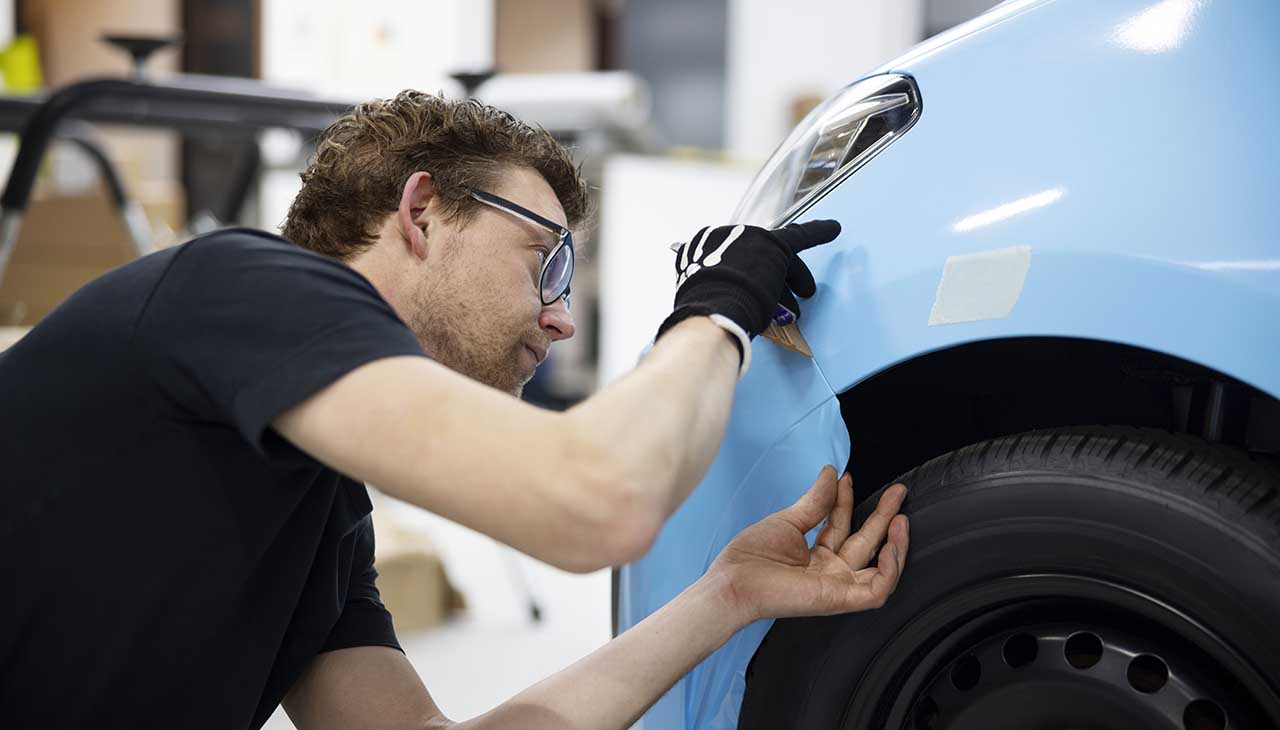Introduction
Automotive design is more than just aesthetics; it’s a crucial element that shapes car culture and influences buyer decisions. From the sleek lines of a vintage roadster to the cutting-edge aerodynamics of modern electric vehicles, the evolution of car design reflects technological advancements, cultural shifts, and consumer preferences. This post takes you on a journey through the history of automotive design, showcasing how classic designs have paved the way for contemporary innovations.
Classic Car Design
Historical Perspective
The earliest car designs were more functional than artistic, aimed primarily at transportation rather than style. However, as the automobile industry grew, so did the emphasis on design. By the 1920s and 1930s, cars began to embody the art deco style, featuring streamlined shapes and luxurious interiors. These designs were not only about getting from point A to point B but also about making a statement.
Iconic Models and Design Features
- Ford Model T (1908-1927): Often referred to as the car that put America on wheels, the Model T’s simple, utilitarian design was its most defining feature. Its boxy shape and basic functionality made it accessible to the masses.
- Cadillac Series 62 (1940s): Known for its tailfins and chrome detailing, the Cadillac Series 62 epitomized the opulence of post-war America. It was a symbol of luxury and status, with its bold design features setting it apart from other cars of its time.
- Volkswagen Beetle (1938-2003): The Beetle’s iconic round shape and compact size made it a global favorite. Its design was not only distinctive but also practical, offering excellent fuel efficiency and reliability.
Evolution to Contemporary Design
Transition Phase
As technology advanced, so did automotive design. The 1980s and 1990s saw a shift towards more aerodynamic shapes, fueled by the demand for better fuel efficiency and performance. Computer-aided design (CAD) allowed for more precise engineering, leading to innovations like crumple zones and anti-lock braking systems (ABS).
Impact of Technology and Consumer Preferences
The digital revolution has had a profound impact on car design. Today’s vehicles are equipped with advanced infotainment systems, autonomous driving capabilities, and electric powertrains. Consumers now prioritize sustainability, safety, and connectivity, pushing designers to think beyond traditional aesthetics.
Sustainability in Car Design
With the growing concern for environmental impact, car manufacturers are increasingly focusing on sustainability. Materials like recycled plastics and natural fibers are becoming commonplace, and the push towards electric vehicles (EVs) is reshaping the automotive landscape. Companies like Tesla have set new benchmarks for integrating sustainable practices into car design.
Case Studies
Classic vs. Contemporary
Ford Mustang (1965) vs. Ford Mustang Mach-E (2021)
- Design: The 1965 Mustang featured a long hood, short rear deck, and sporty dynamic, capturing the essence of American muscle cars. In contrast, the Mustang Mach-E boasts a sleek, aerodynamic shape designed to minimize drag and improve efficiency.
- Performance: While the classic Mustang was all about raw power with its V8 engine, the Mach-E offers electric powertrains, delivering instant torque and emissions-free driving.
- Innovation: The original Mustang was innovative for its time, but the Mach-E takes it a step further with autonomous driving features, over-the-air software updates, and a state-of-the-art infotainment system.
Porsche 911 (1964) vs. Porsche Taycan (2020)
- Design: The Porsche 911 has maintained its iconic silhouette over the decades, symbolizing timeless elegance and performance. The Taycan, while different in form to accommodate its electric powertrain, retains the brand’s sporty DNA.
- Performance: The 911 is celebrated for its impressive handling and speed, while the Taycan offers stunning acceleration and advanced battery technology.
- Innovation: The Taycan introduces a new era of electrification for Porsche, featuring fast charging capabilities and a fully digital cockpit, signaling Porsche’s commitment to a sustainable future.
The Role of Car Enthusiasts
Passionate communities play a vital role in shaping automotive design. Car enthusiasts provide valuable feedback, participate in forums, and attend events, creating a vibrant ecosystem that influences manufacturers.
Shaping Development
Enthusiasts often push for the preservation of classic design elements while advocating for modern innovations. Their passion helps bridge the gap between tradition and progress, ensuring that new models resonate with both longtime fans and new customers.
Importance of Feedback and Interaction
Manufacturers increasingly engage with their community through social media, surveys, and events. This interaction helps brands understand consumer preferences, leading to designs that truly resonate with their audience.
Future Trends in Automotive Design
Electric and Autonomous Vehicles
The future of automotive design is undoubtedly electric. With governments worldwide pushing for reduced emissions, EVs are becoming more mainstream. Designs are evolving to include larger battery packs, advanced aerodynamics, and innovative materials.
Technological Advancements
Autonomous driving technologies will further influence car design. Interiors will become more spacious and multifunctional, focusing on passenger comfort and entertainment.
Customization and Personalization
Future cars will offer unprecedented levels of customization. From interior materials to exterior colors and even software features, consumers will have the power to personalize their vehicles like never before.
Conclusion
The journey from classic to contemporary automotive design is a testament to human ingenuity and innovation. From the timeless elegance of vintage models to the futuristic appeal of modern EVs, car design continues to evolve, driven by technology, sustainability, and consumer preferences.
We’d love to hear your thoughts! Share your favorite car designs and join the conversation in the comments below. Stay tuned for more content and events related to the fascinating world of automotive design.

Leave a Reply